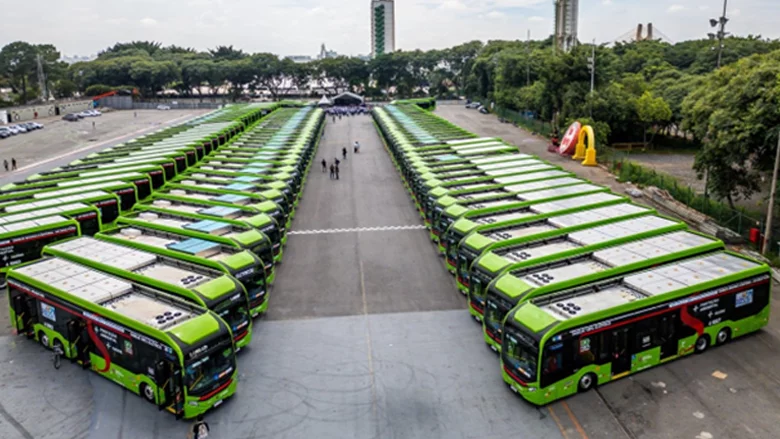In high-demand bus networks, limited-stop services promise benefits for both users and operators, and have proven their attractiveness in systems such as Transmilenio (Bogota, Colombia) and Transantiago (Santiago, Chile). The design of these services involves defining their itinerary, frequency and vehicle size, yet despite the importance of these factors for the network’s efficiency, no published works appear to provide the tools for designing high-frequency unscheduled services on an urban bus corridor, minimizing social costs.
This paper presents an optimization approach that minimizes these costs in terms of wait time, in-vehicle travel time and operator cost. Various optimization models are formulated that can accommodate the operating characteristics of a bus corridor, given an origin–destination trip matrix and a set of services that are a priori attractive. The models then determine which of these services should be offered at what frequencies and with which type of vehicles. A case study in which the model is applied to a real-world case of a bus corridor in the city of Santiago, Chile, is presented and the results are analyzed. Finally, the model is used on two different demand scenarios establishing which type of services tend to be good candidates on each case and providing preliminary insights on the impact of some key parameters.











